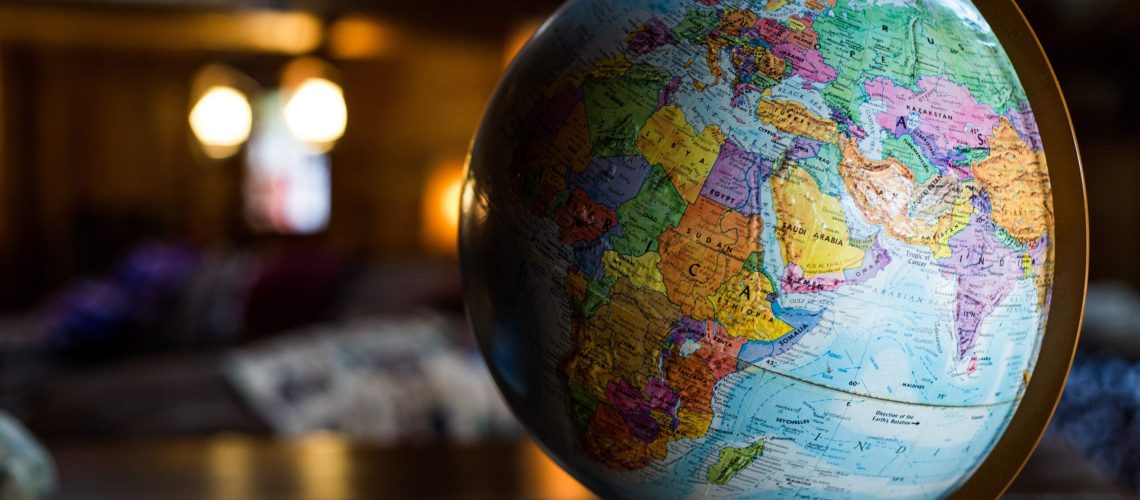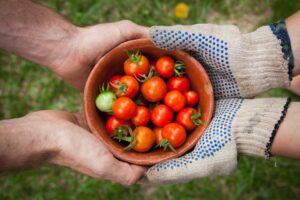International projects are beautiful, for many reasons. But many participants love the intercultural evening and consider it the highlight of the project: let’s find out why!
Intercultural evenings are some of the activities most appreciated during international projects. Participants have a structured free time, while having the opportunity to discover and sharing cultural experiences.
Food is an important part in this activity: an intercultural night starts from sharing national food.
Why is it so important and what is the role of the food with learning in this context?
We analyse here some aspects of the importance of this activity:
- what is an intercultural evening
- all stages in which participants are involved (and learning outcomes)
- why participants love international evenings
- the fundamental role of food in the international nights and its power to create bridges between people
What is an intercultural evening
An intercultural evening is a night, during an international project, where every country involved presents itself.
It can be part of the scheduled activities – as it often happens – or sometimes also freely decided by participants (the ones who have already taken part in other projects and experienced the night). During these evenings, participants can present traditional food, habits, dances, stories: it is a moment of sharing.
How participants are involved in intercultural nights
The way the participants are involved in this activity is not as simple as it could seem at the first sight. Basically, there are three stages, that can be, sometimes, a challenge for less experience young people.
Preparation of international evening and getting to know the group of your country
An international project starts always before leaving.
It starts with the application, with thinking about it and getting to know the other participants, firstly the ones from your own country.
/bold/ In every project the time of organization of the international evening, at a certain point, comes.
Participants from the same country start to brainstorm about it, about what to bring, what and how to present.
/bold/ Food preferences, allergies and diets come out and it is a perfect way to start to know something about your travel mates. And to take decisions together: decisions including all the group or decision to accept the diversity.
/strong/Through discussions about food participants start to get to know each other, at least they have a first approach.
Presenting the food for your country and the challenge with yourself
Once decided what to bring and how to present the traditional food, then participants face the challenge of preparing the presentation.
It can be a challenge because for some participants, especially those at their first experience, it can be hard speaking in front of an audience.
Food helps: everybody understands the food language.
Then, when language is not good enough to speak about traditions, there is always one eloquent solution: make it taste!
Being involved in others’ traditions
Participating to an international evening means sharing and sharing has always a double face: giving and taking.
There is always a moment, for every participant, when they learn: they taste food they had never heard about, they discover new smells, new colours of food and new textures. There is always a moment of surprise during international evenings and this is one of the most beautiful part of learning: letting yourself surprise from the unexpected!
Why people love international evenings
According my opinion, international nights are one of the most loved activities in a project. Why?
Those evening are part of a project and even though they are structured activities, participants live those night with a relaxed attitude. There is a feeling of curiosity about others’ cultures but also the willing of talking about their own traditions and sharing and tasting food.
Eating a country can be a funny way of getting to know it!
The role of the food in intercultural evenings and its power to create bridges
Everybody eats, that is a fact!
Everybody likes some food and don’t like some other.
Briefly: everybody understands food in some way.
During international evening magic happens: shy participants start to seem more open to the others, willing to share. Sharing a kitchen to respect times, cooking together, asking questions about food become pretexts to get in touch.
Food is just one of the cultural parts of a community, it is the visible part of the iceberg, but it facilitates the connections.
Food is a first, easy and tangible way to start crossing the bridges between ourselves, our culture and other cultures.








